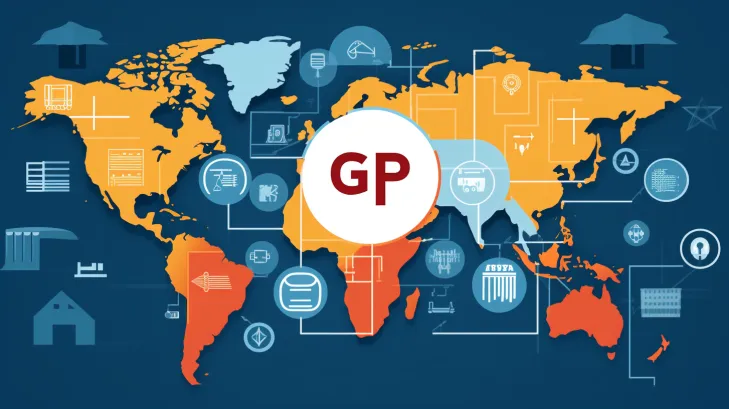Table of Contents
OpenAI, the dominant force in the field of Artificial Intelligence era, has made a significant impact with its revolutionary ChatGPT generative AI application. In its relentless pursuit of technological advancement, the company is currently seeking trademark registrations for the names “GPT-6” and “GPT-7”. This move further demonstrates OpenAI’s commitment to pushing the boundaries of Artificial Intelligence era capabilities.
The widespread success of ChatGPT, the chatbot launched by OpenAI in November, has led to many other Artificial Intelligence eras. This chatbot is based on the company’s deep learning model, with the latest version, GPT-4, having been released just last month.

Pioneering the Artificial Intelligence Era
OpenAI is currently reviewing the applications for GPT-6 and GPT-7, which showcases their dedication to enhancing their large language models (LLMs). These LLMs, such as the groundbreaking ChatGPT, are leading the way in the Artificial Intelligence era by demonstrating the ability to comprehend and produce language that resembles human-like communication.
GPT-3.5, the previous iteration, had already established a remarkable standard with 175 billion parameters. Although OpenAI has not officially verified the exact number, it is rumored that GPT-4 surpasses this with over 1 trillion parameters.
Two trademark applications for GPT-6 were filed in China, one under class 9 which pertains to scientific or research apparatus and instruments, and the other under class 42 which encompasses technological services and design.
Similarly, two filings for GPT-7 were made under the same categories. These details can be verified on the website of the Trademark Office of the China National Intellectual Property Administration.
OpenAI’s Trademark Applications and Access
The Artificial Intelligence eras, which are currently being reviewed, were submitted by OpenAI OpCo, the primary entity of the Microsoft-supported startup that is registered in San Francisco, California. None of OpenAI’s services, including those in Hong Kong, are accessible in China.
OpenAI did not promptly reply to a comment request regarding the trademark, which was sent outside of regular business hours on Sunday.
OpenAI’s Trademark Applications and Progress
According to the records on the website of the China National Intellectual Property Administration, the American company applied for trademarks for “GPT-4” and “Whisper” in April, as well as “GPT-5” in July. However, none of these trademarks have been granted final approval. It is worth noting that the company does not provide any official access to Chinese users.
OpenAI has been making significant progress in enhancing the capabilities of its large language models (LLMs) since the introduction of ChatGPT one year ago. These LLMs utilize a deep learning algorithm to attain a comprehensive understanding and generation of language for various purposes.
GPT-3.5 served as the foundation for ChatGPT, boasting an impressive 175 billion parameters. OpenAI introduced the enhanced GPT-4 in March, although the exact parameter count remains undisclosed. However, according to Semafor, a US news outlet, GPT-4 is estimated to exceed 1 trillion parameters.
OpenAI’s Strategic Direction and Leadership
Recently, Sam Altman, the CEO of OpenAI, revealed in an interview with the Financial Times that the company is actively developing GPT-5. Additionally, OpenAI intends to secure additional funding from Microsoft to bolster its research and development endeavors.
OpenAI’s recognition of the obligations that accompany the development of state-of-the-art Artificial intelligence era technologies is demonstrated by Altman’s reinstatement and the subsequent focus on promoting research while investing in safety measures. The company is pursuing the goal of artificial general intelligence (AGI) with prudence, balancing innovation with ethical considerations.
The interview was released mere days prior to the surprising announcement made by the company’s board of directors to dismiss Altman from his position as CEO. However, due to the majority of the company’s staff threatening to resign in response to his removal, Altman was reinstated as CEO after a span of 12 days.





